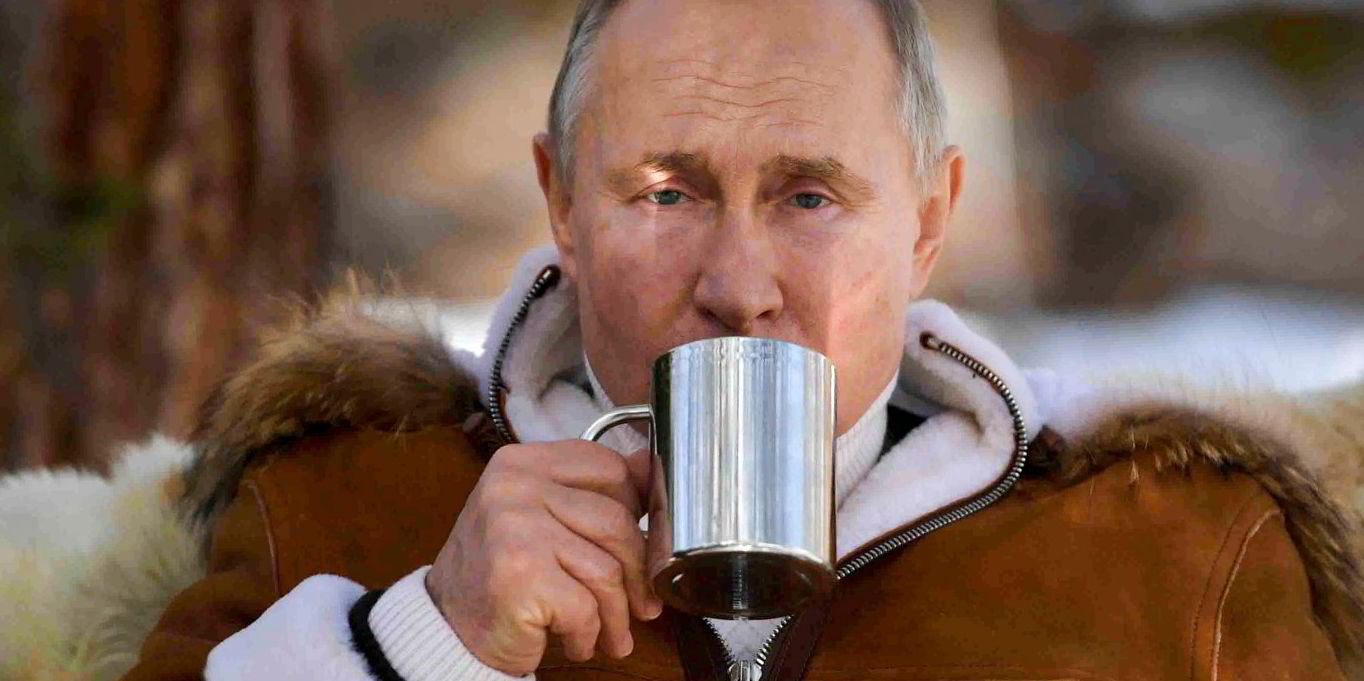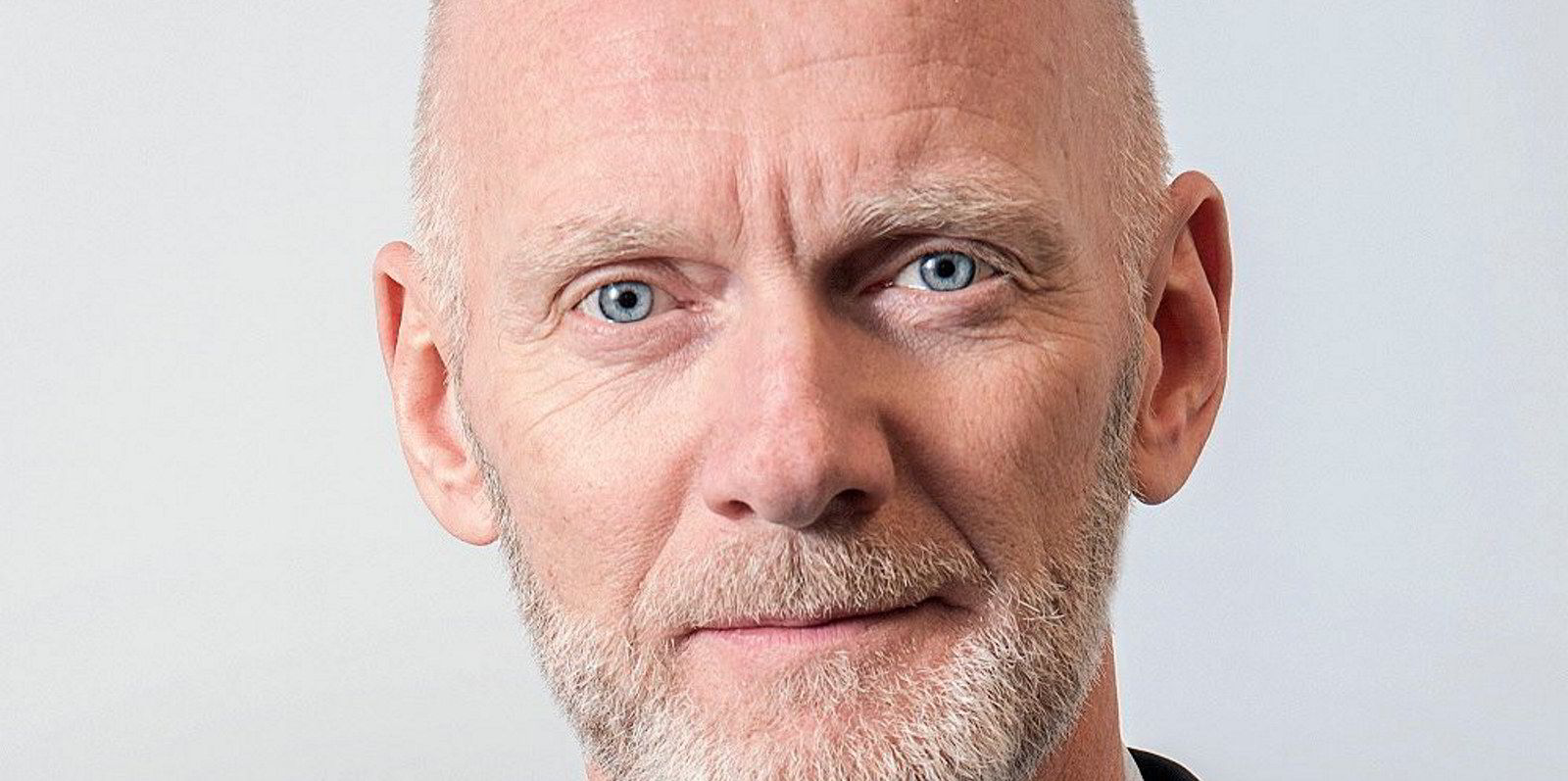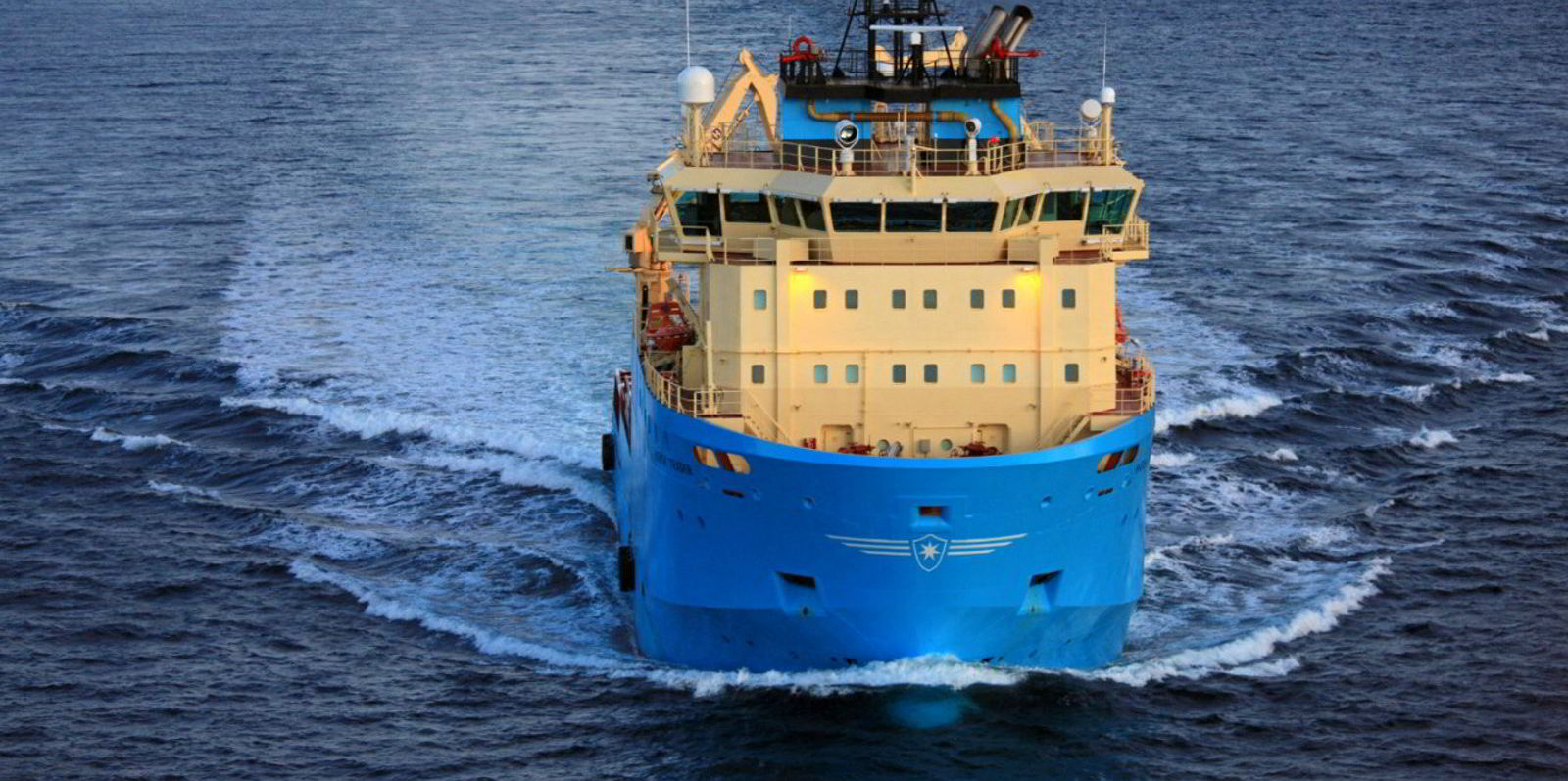Few shipping analysts took notice when Norway’s Siem Offshore announced last week that it had recorded first-quarter net profits of $6.6m. Why should that interest them when, in another sector, French liner operator CMA CGM unveiled income of $7.2bn at the same time?
But Siem Offshore was signalling something more arresting than yet another liner profit bonanza: the oil and gas maritime services sector is back from the dead.
The market for anchor handlers and platform supply vessels has been dire for almost a decade. The landscape is littered with bankruptcies, Chapter XI reorganisations and crisis mergers.
A glimpse of recovery started a year ago, but there has been no real sign of a renaissance going into 2022, even with much stronger energy prices. However, this has changed, with an uptick in business and confidence.
For the first time in years, Siem secured a six-month term contract in the Norwegian sector of the North Sea for one of its anchor handlers. There have also been encouraging new contracts coming in from Canada and Taiwan.
“Although oversupply is still a topic on a global basis, the supply-demand balance is shifting in a positive trend for all segments,” the company said in a statement released alongside its financial results on 1 June.
The oil and gas maritime services sector is back from the dead
A review by Clarkson Research suggested that over the past 12 months since oil prices began to recover from Covid lows, the value of hire rates on offshore support vessels has risen 40%.
In fact, rates for platform supply vessels in the North Sea in recent weeks have reached eight-year highs, and Norwegian broker Westshore said utilisation is close to 90%, adding that there is a sense of “general optimism” back in the market.
Baker Hughes, the Texas drilling company that tracks rig utilisation across the US, said 60% more units are at work now compared with this time last year.
With the price of Brent crude steady at $120 per barrel even after Opec promised last week to increase output, oil companies are opening the taps on capital expenditure after previously reserving much of their newfound cash for share buybacks and dividends.
The geopolitics around oil have also changed enormously since Russia began its invasion of Ukraine in February.
So, barely six months after pledging a commitment to running down fossil fuels at the COP26 climate talks in Glasgow, oil and gas producing countries are greenlighting new projects to try to cut their dependence on Siberia.
The UK last week gave the go-ahead for Shell to develop the Jackdaw field, having turned the scheme down last year on environmental grounds.
Kwasi Kwarteng, the UK Business, Energy & Industrial Strategy Secretary, who had pleaded at COP26 for a reduction in the use of fossil fuels, sought to justify Jackdaw by saying: “Let’s source more of the gas we need from British waters to protect energy security.”
It was almost straight out of the script used in the latest series of Danish political thriller Borgen. On the screen, oil has been found off Greenland and the fictional Danish foreign minister, Birgitte Nyborg, previously committed to opposing new developments on climate grounds, does a volte-face for political reasons.
Jackdaw will face legal challenges from infuriated environmentalists but will probably go ahead, bringing more work to the offshore sector. Other projects are also moving forward.
Offshore vessel owners such as Siem are playing both oil and renewables by providing ships for the burgeoning offshore wind sector too. But the company warned that it is being hit — like so many other business sectors — by longer spare part lead times, higher inflation and potential staff shortages.
Norwegian rival Eidesvik Offshore has also talked up prospects in the North Sea while reducing its first-quarter loss to $1m — one-tenth of what it was a year earlier.
Meanwhile, drilling rig rates in West Africa are reportedly up from $200,000 to $300,000 per day and heading for $400,000 per day.
More than one-quarter of global oil production in 2021 came from offshore fields, and even in these days of climate crisis, oil and gas demand is still rising.
Bad for the planet, good for OSVs.





